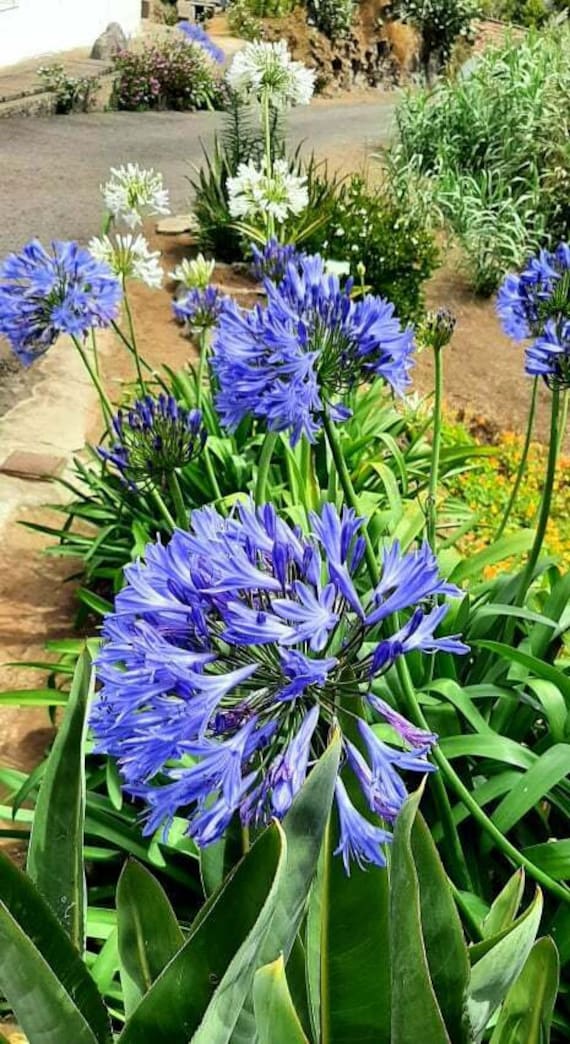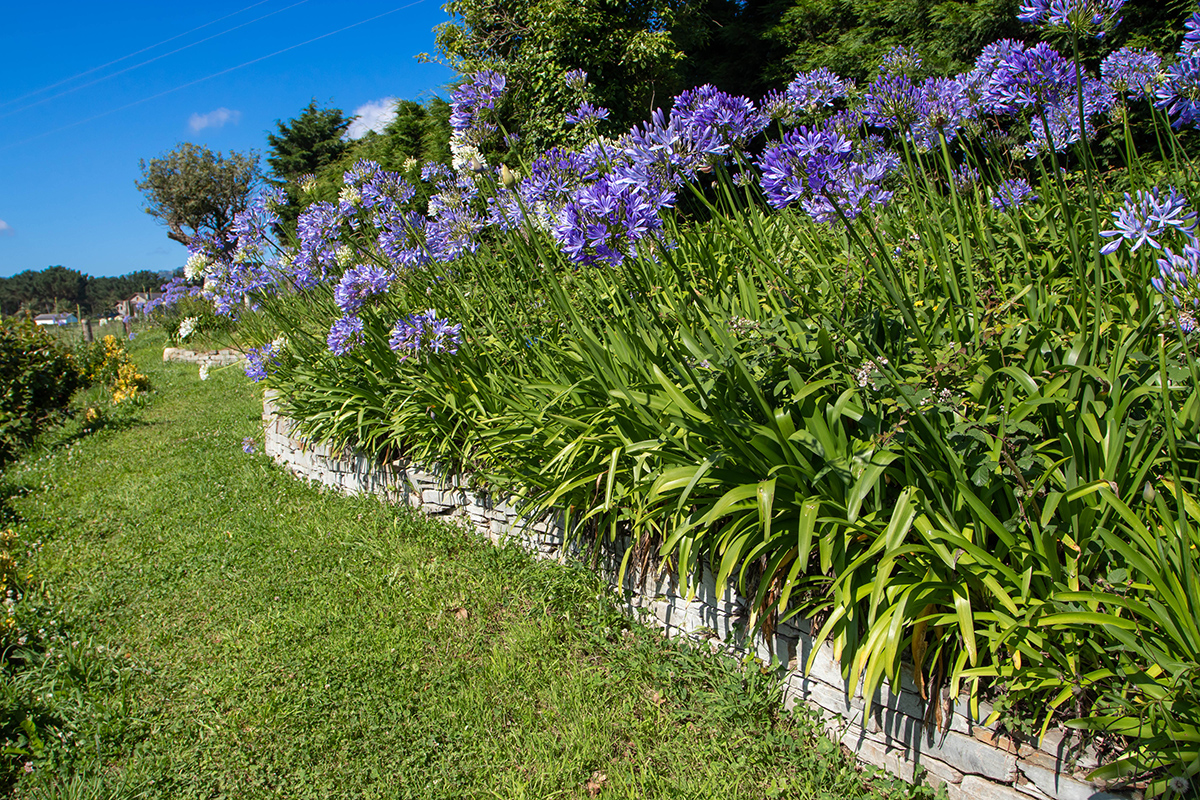Agapanthus Propagation: Tips for Expanding Your Plant Collection
Agapanthus Propagation: Tips for Expanding Your Plant Collection
Blog Article
Mastering the Art of Agapanthus Treatment: Essential Steps for Healthy And Balanced Growth and Vibrant Flowers
In the world of cultivation, the farming of agapanthus stands as a fulfilling undertaking for those who look for to support these sophisticated flowering plants. From selecting the right range to grasping pruning methods, the trip towards growing flourishing agapanthus plants is multifaceted and holds the key to unlocking the complete capacity of these herb gems.

Choosing the Right Agapanthus Range

When choosing the right Agapanthus range for your yard, think about elements such as environment viability, bloom shade, and development routine. Agapanthus, generally referred to as Lily of the Nile or African lily, can be found in a range of colors ranging from tones of blue and purple to white. Choose a flower color that matches your existing yard scheme to create an unified landscape. In addition, consider the climate in your region to guarantee the Agapanthus selection you select can prosper in your particular conditions. Some ranges are more tolerant of cold temperatures, while others prefer warmer environments. Understanding the development practice of different Agapanthus varieties is critical for correct positioning within your yard. Some selections have a clumping development practice, perfect for borders or containers, while others have a more spreading nature, appropriate for ground cover or mass plantings. By meticulously evaluating these elements, you can select the perfect Agapanthus variety to enhance the beauty of your yard.
Ideal Planting Problems
Taking into consideration the optimal environmental requirements is vital for effective Agapanthus growing. Agapanthus plants are sensitive to cool temperatures and must be protected from frost throughout winter months.
To ensure healthy growth and vibrant flowers, plant Agapanthus light bulbs at a depth of regarding 2-4 inches and space them 8-12 inches apart. Adding raw material, such as garden compost, to the soil can improve drain and fertility, advertising durable root development. Mulching around the base of the plants assists retain dampness and suppresses weed development. Normal watering is vital, particularly throughout the expanding season, to keep the soil regularly damp but not waterlogged.
Watering and Feeding Tips
Maintaining correct wetness degrees and offering important nutrients are vital elements in the treatment program for Agapanthus plants. When it comes to watering Agapanthus, it is vital to strike an equilibrium. These plants favor constantly moist soil but are vulnerable to root rot if overwatered.
Feeding Agapanthus is important for promoting healthy growth and prolific blooms. Apply a well balanced plant food, such as a 10-10-10 formula, in the early spring as new growth arises. By adhering to these watering and fertilizing tips, you can ensure your Agapanthus plants grow and create lively, durable flowers.
Pruning Methods for Agapanthus
Pruning Agapanthus plants at the appropriate times and with proper techniques is critical for preserving their health and wellness and advertising optimal development and blooming. The optimal time to trim Agapanthus is in late winter or very early spring before new growth emerges.
Deadheading invested flowers can likewise redirect the plant's energy right into producing more flowers instead than establishing seeds. If you want to gather seeds for breeding, leave some flowers to dry and fully grown on the plant.
Keep in mind to utilize clean, sharp devices to make specific cuts and decrease the danger of introducing conditions. Agapanthus. Regular trimming will help maintain your Agapanthus looking healthy and balanced and cool while ensuring a plentiful display screen of lovely blooms
Handling Typical Parasites and Illness
After guaranteeing correct pruning techniques for Agapanthus, it is necessary to deal with typical parasites and diseases that can impact the wellness and vitality of these plants. One usual parasite that influences Agapanthus is the Agapanthus check that gall midge.
Another common concern is fungal leaf spot, which provides as dark sores on the leaves. To stop fungal illness, make sure good air blood circulation around the plants, avoid above watering, and eliminate any infected leaves without delay. Additionally, Agapanthus plants can endure from origin rot if they are planted in inadequately draining pipes soil. To stop this, plant Agapanthus in well-draining dirt and avoid overwatering. By being attentive and taking timely activity against bugs and conditions, you can aid your Agapanthus plants thrive and create lively blooms.

Verdict
Finally, mastering the art of agapanthus treatment entails choosing the ideal selection, giving optimal planting problems, appropriate watering and feeding, suitable trimming techniques, and resolving typical bugs and diseases. By following these essential steps, you can make sure healthy development and vivid blooms for your agapanthus plants. Remember to on a regular basis check and maintain your plants to advertise their total wellness and durability.
To discover this make certain healthy and balanced growth and vivid blossoms, plant Agapanthus bulbs at look at this now a depth of regarding 2-4 inches and room them 8-12 inches apart. By adhering to these watering and fertilizing tips, you can ensure your Agapanthus plants flourish and generate dynamic, lasting blossoms.
One common parasite that impacts Agapanthus is the Agapanthus gall midget. Furthermore, Agapanthus plants can endure from origin rot if they are grown in badly draining pipes soil. By complying with these essential steps, you can make sure healthy and balanced growth and vibrant blossoms for your agapanthus plants.
Report this page